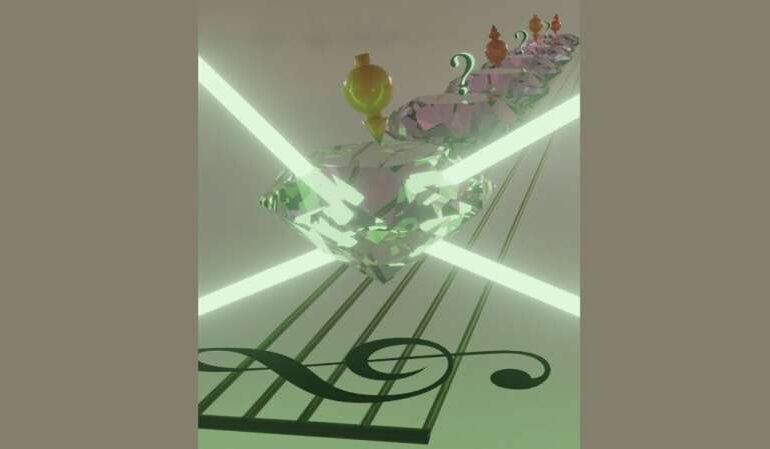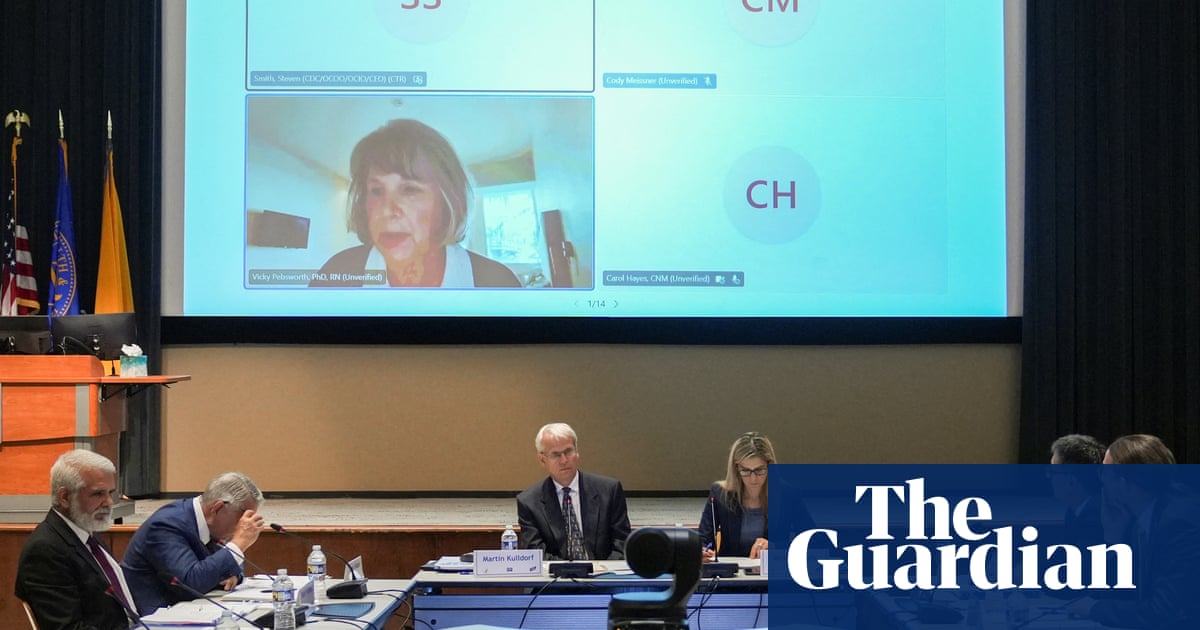Scientists Unveil First Experimental Time Rondeau Crystal

A team of researchers has achieved the first experimental observation of a new phase of matter known as the time rondeau crystal. This groundbreaking study, published in Nature Physics on November 10, 2025, reveals a unique combination of long-range temporal order and short-time disorder.
Named after the musical form characterized by alternating themes, the time rondeau crystal is distinguished by its ability to display periodic behavior at certain measurement intervals while simultaneously exhibiting controllable random fluctuations. According to Leo Moon, a Ph.D. student in Applied Science and Technology at UC Berkeley and co-author of the study, the research draws inspiration from the coexistence of order and variation found in both art and nature.
The concept can also be likened to common substances such as ice, where oxygen atoms form a structured lattice while hydrogen nuclei remain randomly arranged. Moon noted that previous explorations of temporal order have largely focused on deterministic patterns, such as quasicrystals, making the rondeau crystal a pioneering instance of a phase that combines stroboscopic order with randomly controlled disorder.
Creating a New Phase of Matter
The researchers utilized carbon-13 nuclear spins within diamond as their quantum simulator. This system consisted of randomly positioned nuclear spins at room temperature, which interacted through long-range dipole-dipole couplings. The process began by hyperpolarizing the carbon-13 nuclear spins using nitrogen-vacancy (NV) centers, which are defects in diamonds. By illuminating these NV centers with lasers, the researchers achieved a nearly 1,000-fold increase in nuclear spin polarization above its thermal equilibrium value.
Following this initial step, the team applied intricate microwave pulse sequences, combining protective “spin-locking” pulses with precisely timed polarization-flipping pulses. This structured yet partially random driving pattern ultimately led to the formation of the rondeau order. The innovative control system employed an arbitrary waveform generator capable of executing over 720 different pulses in a single run, essential for establishing the non-periodic drives that generate the desired temporal structure.
Moon explained that the diamond lattice is particularly suited for such experiments due to its stability, strong interactions, and effective noise shielding.
During the experiment, the researchers introduced what they termed random multipolar drives (RMD), structured sequences that allow for systematic control over randomness. At regular intervals, the nuclear spins flipped their polarization in a deterministic manner, while the polarization exhibited random fluctuations between these intervals. This coexistence of long-range order and short-time disorder is the defining characteristic of rondeau order.
Observations and Implications
The team successfully maintained the rondeau order for over 170 periods, equating to more than four seconds. The discrete Fourier transform of the observed dynamics provided strong evidence for the new phase. Unlike conventional discrete time crystals, which demonstrate a single sharp peak in their frequency spectrum, the time rondeau crystal displayed a smooth, continuous distribution across all frequencies. This signature confirmed the unique interplay between temporal order and disorder.
Moon stated, “Rondeau order shows that order and disorder don’t have to be opposites—they can actually coexist in a stable, driven quantum system.” The researchers have also mapped an extensive phase diagram of rondeau order stability by varying the drive parameters, allowing for tunable lifetimes based on adjustments to drive periods and pulse imperfections.
The team also explored the capacity for information storage encoded in the temporal disorder. By engineering specific sequences of drive pulses, they successfully encoded the title of their study, “Experimental observation of a time rondeau crystal. Temporal Disorder in Spatiotemporal Order,” into the dynamics of the nuclear spins. This method demonstrates that information can be stored in time, not just space, through the orientation of spins at defined moments in each cycle.
While practical applications remain on the horizon, Moon suggested that the tunability of disorder could lead to advancements in quantum sensors that are selectively sensitive to specific frequency ranges.
The research further expands the landscape of non-equilibrium temporal order, with the team also demonstrating related phenomena using deterministic aperiodic drives, including the Thue-Morse and Fibonacci sequences. These findings have allowed for the experimental realization of time aperiodic crystals and time quasicrystals in conjunction with the rondeau order.
Looking to the future, Moon indicated that the research team is considering alternative material platforms beyond diamond, such as pentacene-doped molecular crystals, which may enhance sensitivity through hydrogen-1 nuclear spins. He remarked, “Harnessing the tunable disorder in such systems could pave the way for practical quantum sensors or memory devices that exploit stability in the temporal domain.”
The work not only highlights a significant advancement in the field of quantum physics but also opens new avenues for research and application in the understanding of complex temporal systems.






